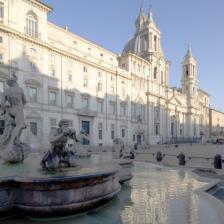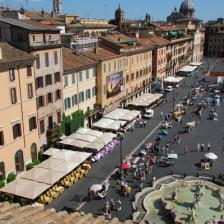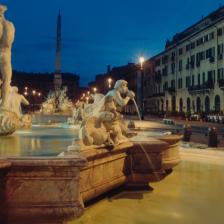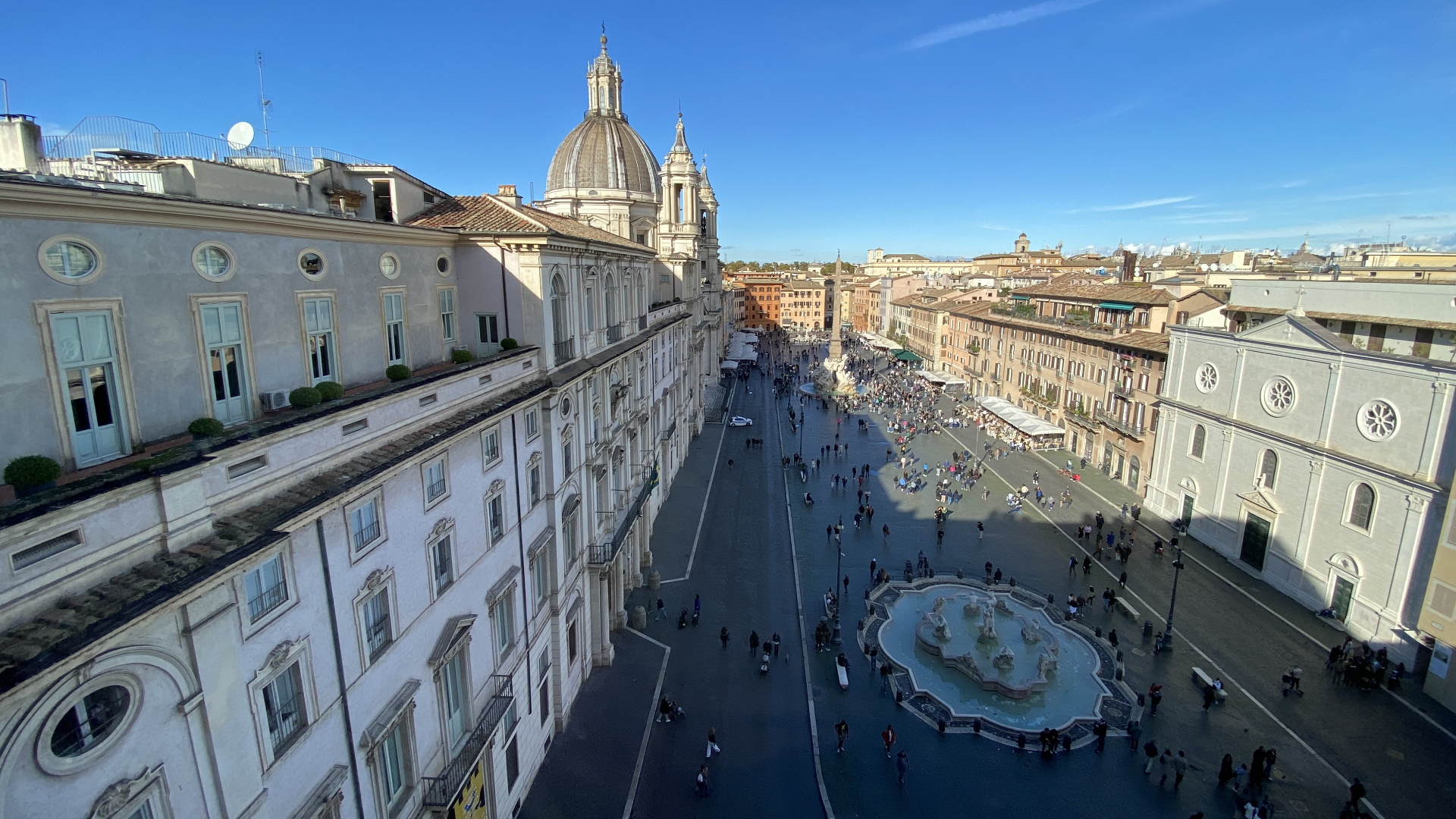
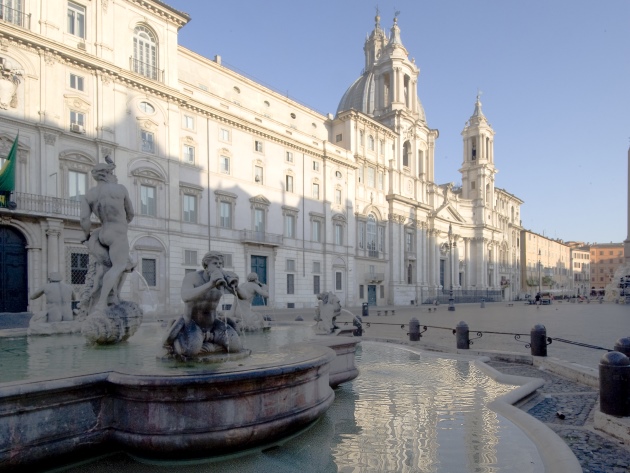
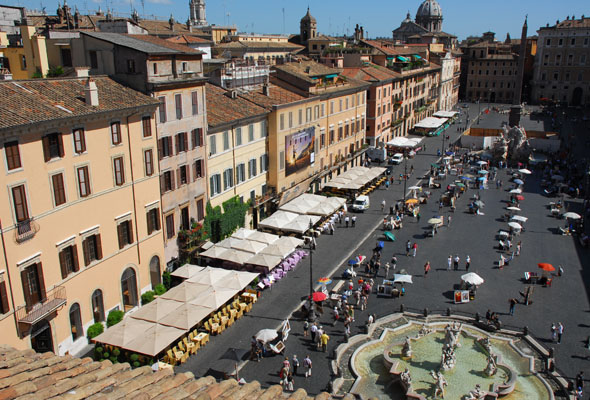
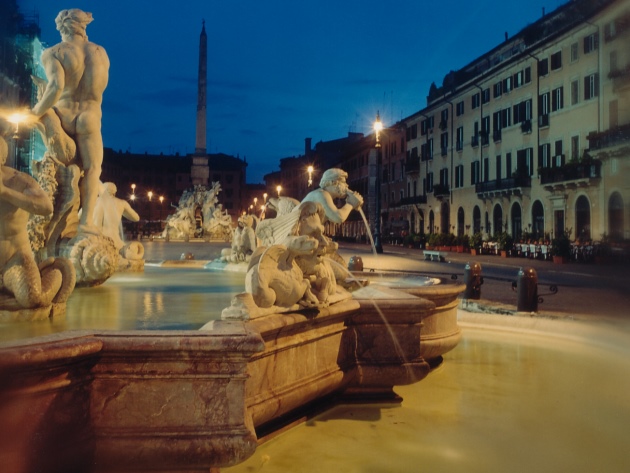
The most iconic square of Baroque Rome
Navona Square is one of the most spectacular and characteristic squares of Baroque Rome, built on the remains of the Stadium of Domitian. The shape of the current square reproduces precisely the perimeter of the ancient stadium that the emperor built in 86 AD for athletics competitions and horse racing.
The remains of the ancient structure are located 5-6 meters underneath today's road level and are still visible under a modern building in Piazza di Tor Sanguigna and the basements of the church of Sant'Agnese in Agone. The modern name of the square derives from the Latin term Agones, meaning "Games".
Over the centuries, Piazza Navona has been the scene of popular festivals, races and rides. From the 17th until the mid 19th century, on Saturdays and Sundays in August, Piazza Navona, which at the time had a concave bottom, was partially flooded to offer refreshment and entertainment to the Romans.
The square is dominated by the Church of Sant'Agnese in Agone, begun by Carlo and Girolamo Rainaldi and completed by Borromini, who modified it considerably making it one of the most magnificent Baroque architecture in Rome.
Next to the church is the Pamphilj Palace, house to the Brazilian embassy since 1960. In front of the building stands the Church of Our Lady of the Sacred Heart, formerly known as San Giacomo degli Spagnoli, erected on the occasion of the Jubilee of 1450.
Three fountains adorn the square: Fontana del Moro, so-called for the statue of the Ethiopian fighting with a dolphin, Fontana de 'Calderari, also known as the Fountain of Neptune, by Giacomo della Porta and, in the centre, the imposing Fountain of the Four Rivers, by Gian Lorenzo Bernini.
The fountain is conceived as a large travertine cliff, carved out of a cave with four openings, which supports the granite obelisk recovered from the Circus of Maxentius on the ancient Appian Way.
On the corners of the cliff, there are the monumental marble statues of the four rivers which represent the continents then known: the Danube for Europe, with the horse; the Ganges for Asia, with the oar and the dragon; the Nile for Africa, with the veiled head (an allusion to unknown sources) associated with the lion and the palm; the Rio della Plata for America, with one arm raised and an armadillo beside it.
On the high part of the cliff there are two large marble coats of arms of the Pope's family, with the dove carrying an olive branch in its beak, and the same dove, in bronze, is placed at the top of the obelisk.
Photo: Redazione Turismo Roma
A stroll through the museums around piazza Navona
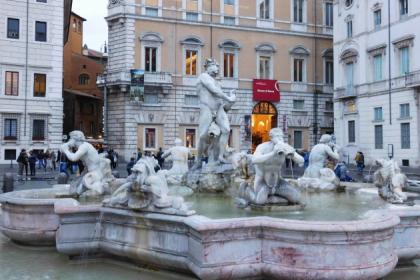
A trip inside the museums between Piazza Navona and its surroundings
 Condividi
Condividi
The Fountain of the Four Rivers
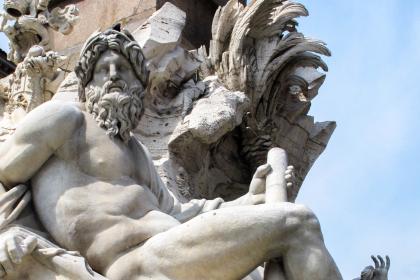
 Condividi
Condividi
Museo di Roma – Palazzo Braschi
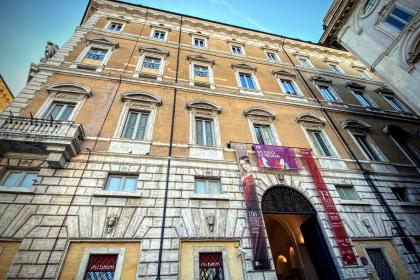
 Condividi
Condividi
The Church of Sant'Agnese in Agone
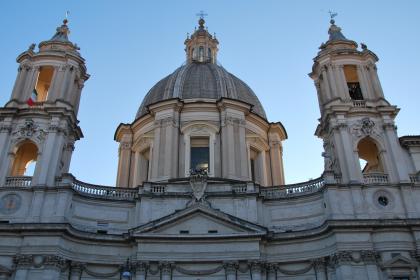
 Condividi
Condividi
Information
 Condividi
Condividi
Location
To find out about all accessibility services, visit the Rome accessible section.












































